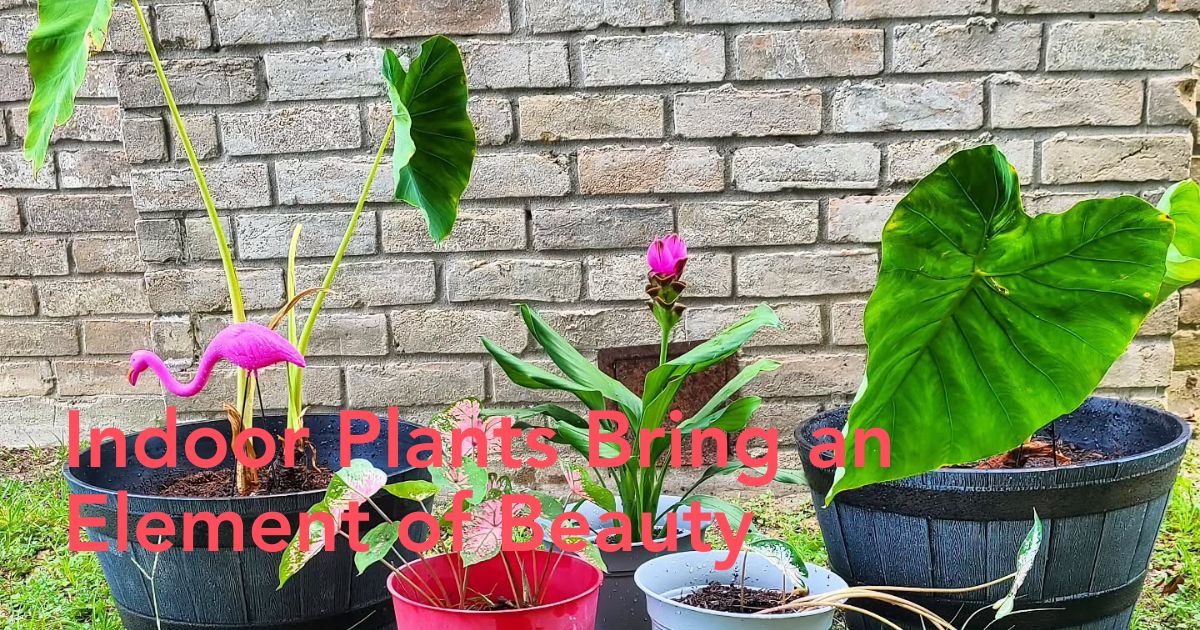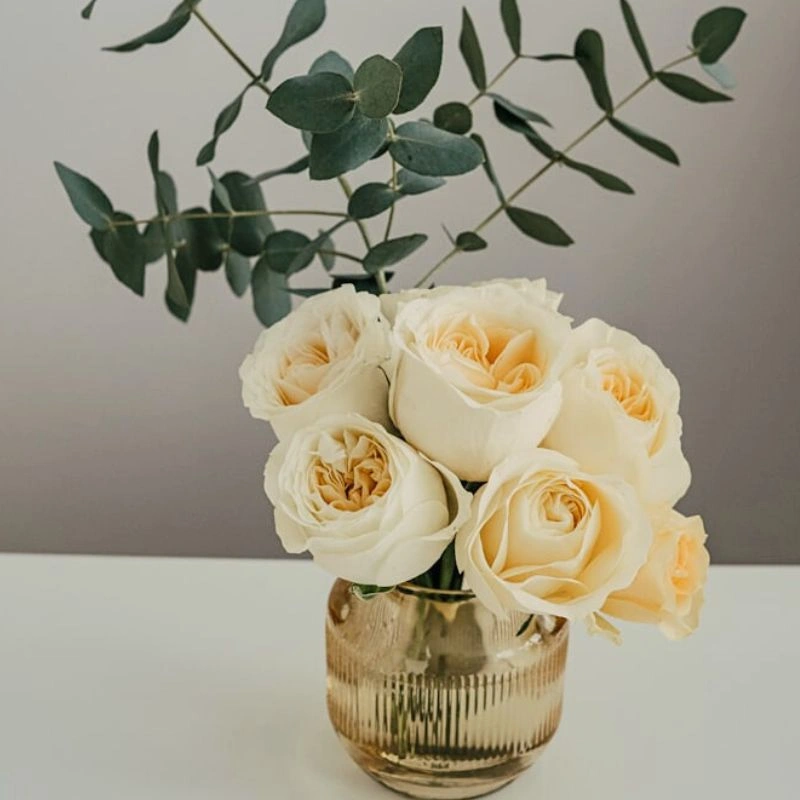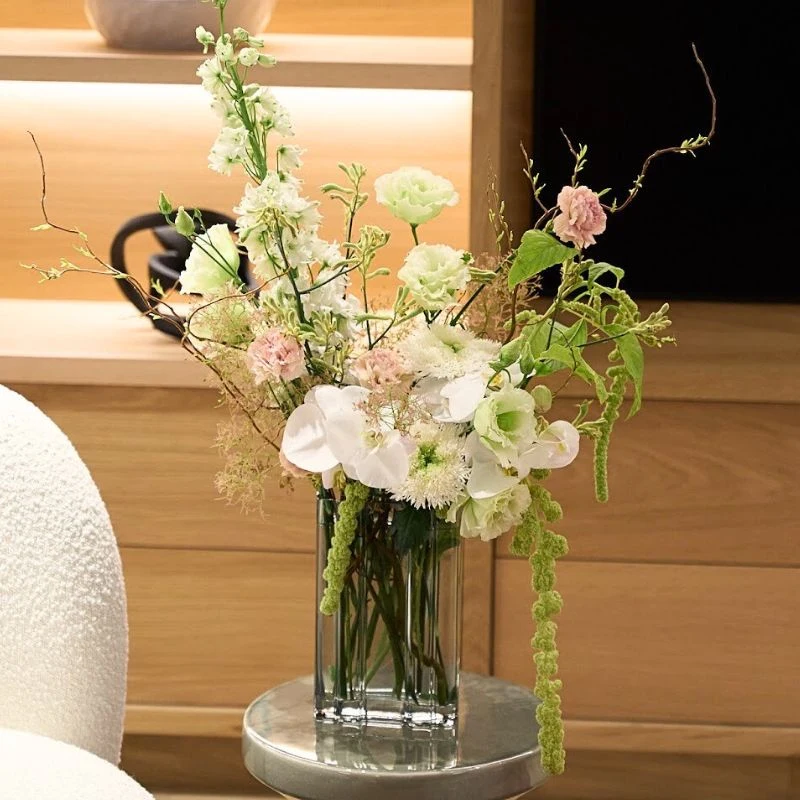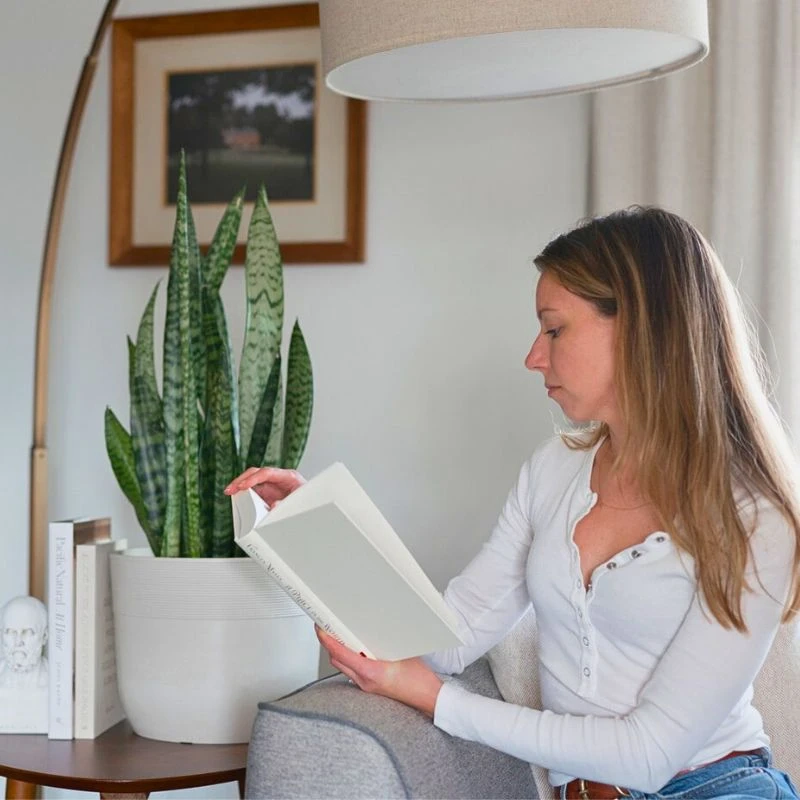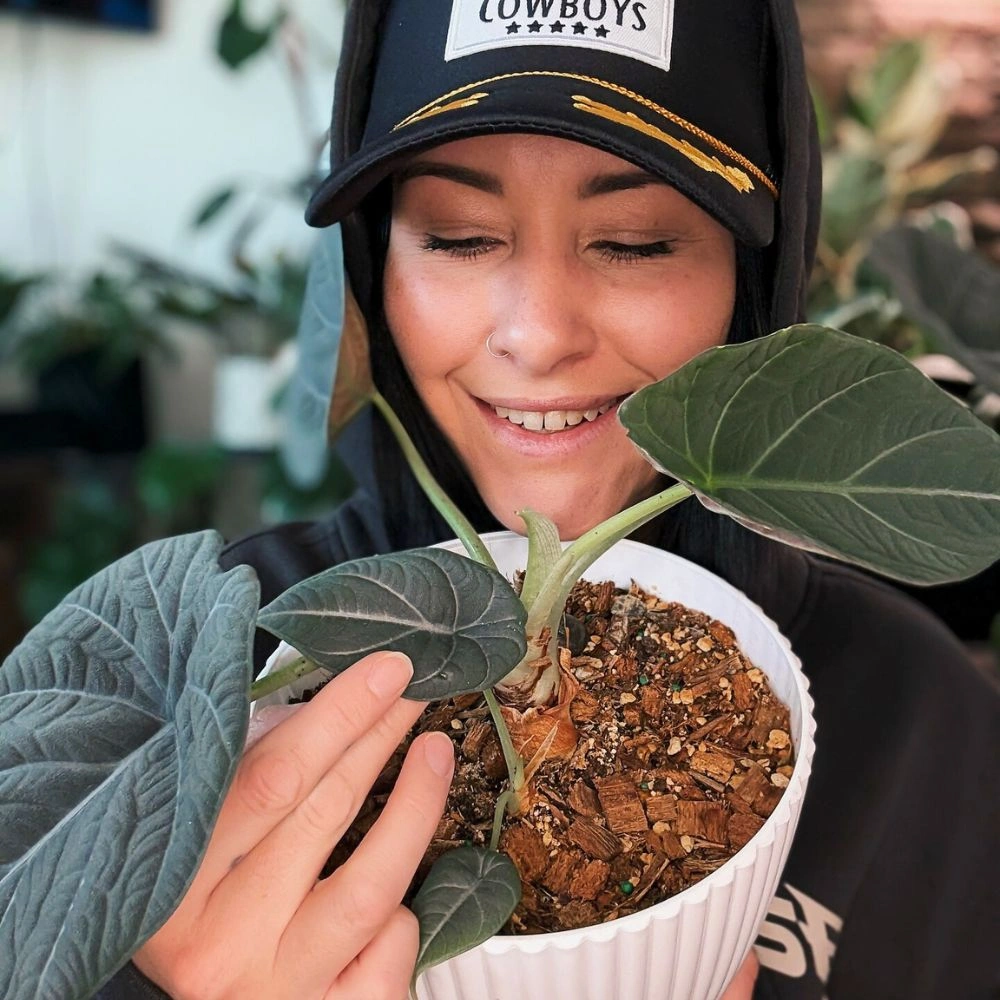It's no secret that indoor plants bring an element of beauty, tranquility, and fresh air into our homes. From big bright monstera leaves to dainty pothos plants that trail, houseplants are so much more than just decoration. But when deep cleaning comes around, our leafy friends often get forgotten or even hurt by strong chemicals, heat shock, or dust caught up in the process.
Having a tidy home environment doesn't have to come at the expense of your plants. It's actually a good time to pay some extra attention to your greenery during your deep cleaning process. With a little foresight and some basic precautions, it's absolutely possible to keep your home spick and span without disrupting the natural cycle of your houseplants. These tips can help you strike the perfect balance between a clean space and a thriving indoor garden.
The good news is, with some planning, it's easy to keep your plants healthy and thriving while giving your house the deep clean it needs. According to Sofia Martinez, founder and CEO of Sparkly Maid Austin, choosing gentle, plant-safe cleaning methods is one of the most important ways to protect your greenery while maintaining a spotless home.
Whether you are cleaning on your own or getting the professionals in, these plant-friendly cleaning tips can make your space feel clean without hurting your indoor garden.
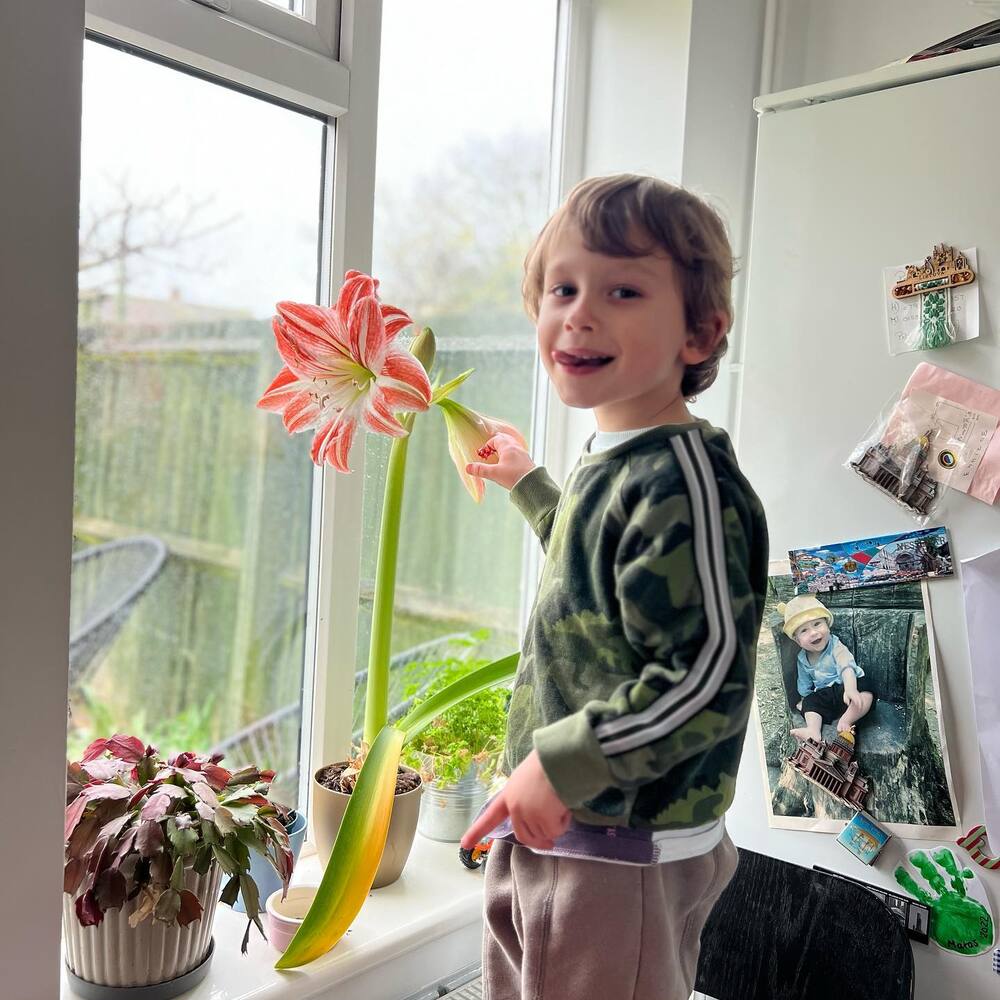
Move Plants Out of the Way Before You Start
Prior to the vacuum's coming out and scrubbing of surfaces, take time to relocate any delicate or irreplaceable plants. They can be relocated to an area that is not going to be cleaned out for the day, like a bedroom or hallway with indirect sunlight. This keeps them safe from spills, bumped pots, and bits of disturbed air during cleaning.
Group plants of similar light needs together so the move will not disturb them. Do this small step to prevent future shock or drop of leaves. It's a great time to wash off your plant stands and run fast sanitizer over their regular spots before moving them back out of the way. If you have decorative baskets or plant trays, give those a cleaning too. A cleaner home means a cleaner space for your plants, and they'll appreciate it.
Dust Your Plants First
Plants collect dust just like any other surface. A quick wipe with a damp microfiber cloth or a quick rinse in the sink gets them breathing better and looking healthier. Dusting them first before you have a chance to clean the rest of the room prevents dust from falling back onto them once you've wiped everything else off.
In dusting, do not forget to dust the tops and bottoms of leaves. Bottoms are usually overlooked, but where pests like spider mites thrive. For fuzzy-leafed plants like African violets, dust with a dry soft brush and no water. This is simple but rewards enormous dividends in the level of light your plants get and stay pest-free.
Use the Right Products Near Plants
Ordinary cleaning sprays contain bleach, ammonia, or fragrances that are poisonous to plants when they touch leaves or remain in the air. Use environmentally friendly, non-toxic cleaners that won't disturb the delicate balance plants live in. If someone is doing it for you, ensure they use green products that are safe for pets and plants alike.
Even natural cleaning products can be irritating to certain plants in high concentrations, so always test new products in small areas first. Open windows when possible, and avoid spraying anything directly near your plants’ leaves. When in doubt, cover nearby pots with a light cloth during more intense cleaning, especially when using sprays on mirrors, countertops, or furniture nearby.
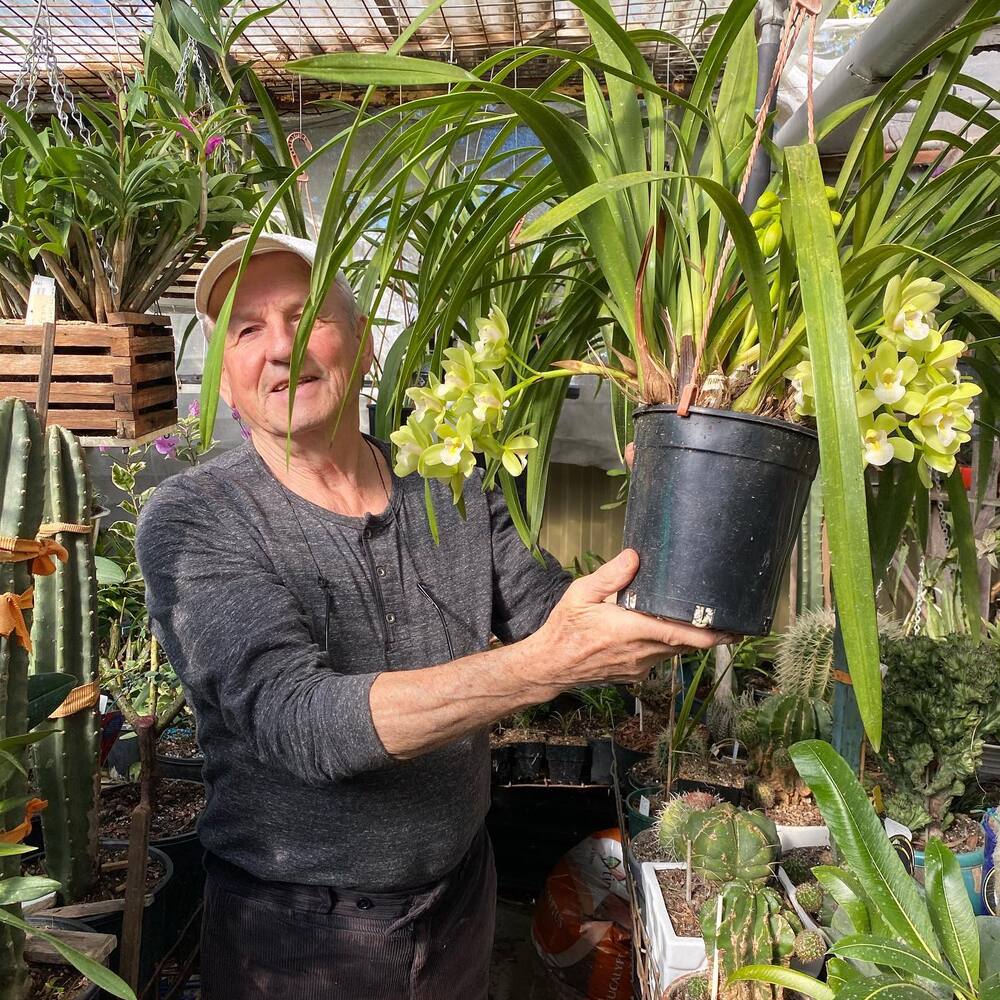
Avoid Overwatering During the Process
When plants get moved around during cleaning, it’s easy to forget which ones have already been watered. Overwatering is a common mistake on deep cleaning days. Stick to your regular watering routine and avoid watering just because you’re handling the plant.
A plain card or pot tag will remind you if you're relocating several pots at once. If you can't recall whether a plant needs watering, use the finger test or take out a moisture meter before you lift the watering can. With practice, maintaining consistency in their care, whatever else is happening in your home, will reward you with more resilient roots and robust growth.
Maintain Airflow and Temperature
Opening windows, turning on fans, and spraying with perfumed sprays can impact the microclimate that your plants are adapted to. Abrupt temperature changes or direct breezes can stress your plants, especially tropical plants. When cleaning, place your plants out of the reach of vents and doors to maintain stability.
Don't put them too close to heat sources such as radiators or direct sunlight that they may not be accustomed to under other periods of the day. You can also spray humidity-tolerant plants with regular water if the air becomes too dry when cleaning. Small tweaks like these keep sensitive types in equilibrium as the situation around them shifts.

Return Plants to Their Spots Slowly
Once cleaning is finished, wait until the surfaces are dry and there are no lingering strong odors in the air before replanting. Spend a minute checking for displaced soil, folded leaves, or any other indication of stress. A soft reintroduction of your plants to their usual location helps them adjust without shock.
Sparkly Maid San Antonio offers recurring cleanings using non-toxic, plant-safe products, which makes it easier to keep your home consistently fresh without stressing out your greenery every time. This can be particularly beneficial in houses with extensive plant collections, where constant interruptions can affect overall plant wellbeing if not approached carefully.
Final Thoughts
Your home and your houseplants can certainly coexist. With a little more care and the right tips for cleaning, you can protect your plants while enjoying the feeling of having an immaculately clean, healthy home. Whether you're performing the deep clean every few months or simply keeping up on a daily basis, your plants will reward you with healthy leaves, new growth, and an overall healthier home.

